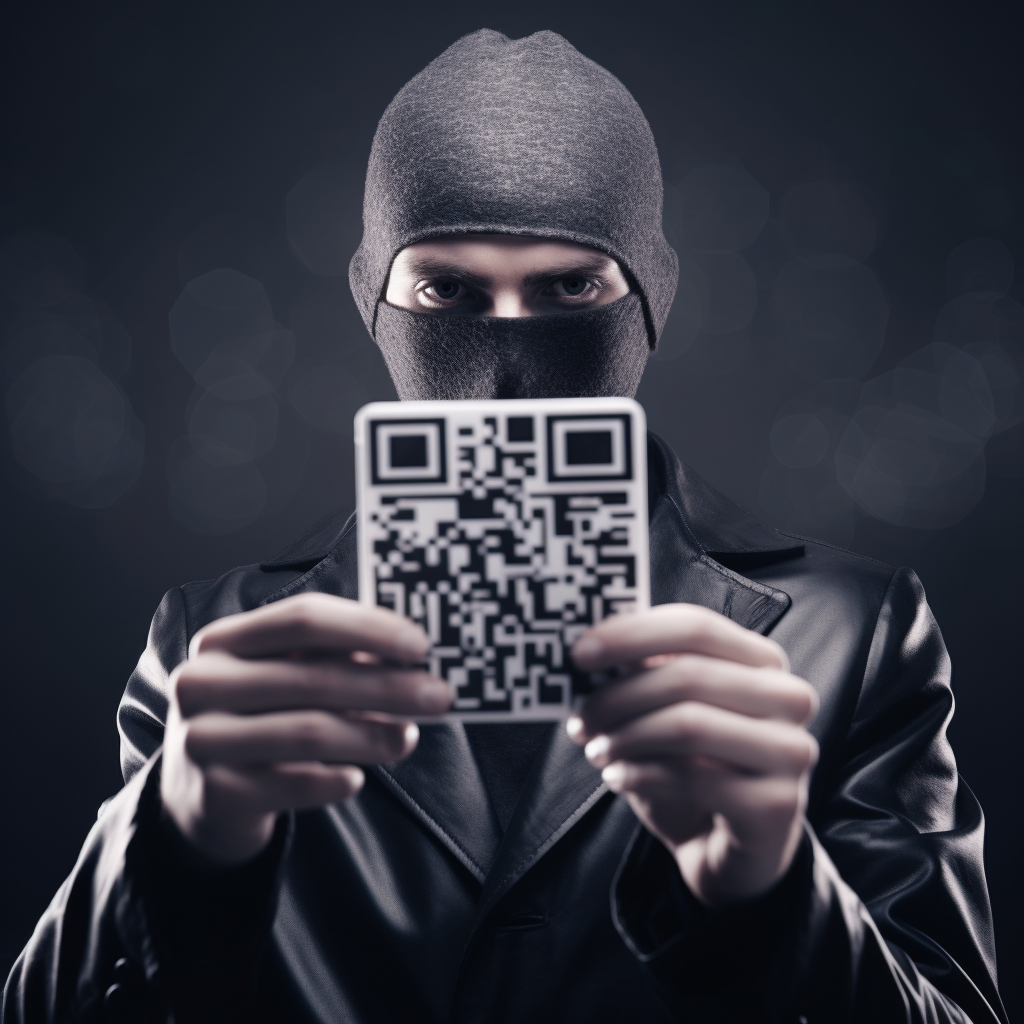How Cybercriminals are Exploiting Modern Convenience
In an increasingly digital world where convenience often trumps caution, a new threat has emerged: QR code phishing attacks. What was once a tool for seamless mobile interactions has become a potential gateway for cybercriminals to steal personal information and wreak havoc on unsuspecting individuals and businesses.
The Rise of QR Code Usage
QR (Quick Response) codes gained popularity as a simple and efficient way to connect the physical and digital worlds. These pixelated squares have become ubiquitous daily, from restaurant menus to event registrations. Their ease of use—simply scanning with a smartphone camera—has made QR codes a favored method for swiftly accessing information or making payments.
The Anatomy of a QR Code Phishing Attack
However, beneath this veneer of convenience lies a vulnerability that cybercriminals are keen to exploit. QR code phishing attacks typically involve attackers placing malicious QR codes in legitimate-looking contexts. For example, a fraudster might create counterfeit QR codes and place them over legitimate ones on posters, restaurant tables, or product packaging.
Once scanned, these malicious codes can lead to a variety of fraudulent activities:
1. Fake Websites: Scanning a malicious QR code could redirect users to a phishing website that mimics a legitimate one, prompting them to enter sensitive information such as login credentials or payment details.
2. Malware Installation: Some QR codes may initiate malware download onto the user’s device, compromising its security and potentially giving attackers access to personal data.
3. Financial Scams: QR codes can also be used to initiate unauthorized transactions, resulting in financial losses for victims.
Real-World Impacts
The consequences of falling victim to QR code phishing can be severe. Individuals risk identity theft, financial fraud, and invasion of privacy. For businesses, the damage extends to compromised customer trust and potential legal liabilities.
Challenges in Detection and Prevention
Detecting malicious QR codes can be challenging for several reasons:
- Physical Placement: Attackers strategically place counterfeit QR codes where genuine codes are expected, making it difficult for users to discern between them.
- Dynamic Content: QR codes can lead to different content based on factors like location or time, complicating efforts to block malicious ones effectively.
Protecting Against QR Code Phishing
To mitigate the risks associated with QR code phishing, both individuals and businesses can take proactive steps:
1. Be Skeptical: Verify the source of QR codes before scanning. Check for any signs of tampering or suspicious overlays.
2. Use Official Apps: Whenever possible, use official apps from reputable companies to scan QR codes, as they often have built-in security features.
3. Educate Users: Raise awareness about QR code phishing among employees and customers, emphasizing the importance of vigilance and caution.
4. Security Software: Install and regularly update antivirus and anti-malware software on devices to detect and prevent malicious QR codes from causing harm.
The Future of QR Code Security
As QR code usage continues to grow, so will the sophistication of QR code phishing attacks. Developers, businesses, and consumers must stay informed about emerging threats and implement robust security measures to protect against them.
In conclusion, while QR codes offer unparalleled convenience, they also present a significant security risk if not handled carefully. By understanding the mechanisms of QR code phishing attacks and adopting proactive security measures, we can safeguard ourselves and our digital interactions in an increasingly connected world.






